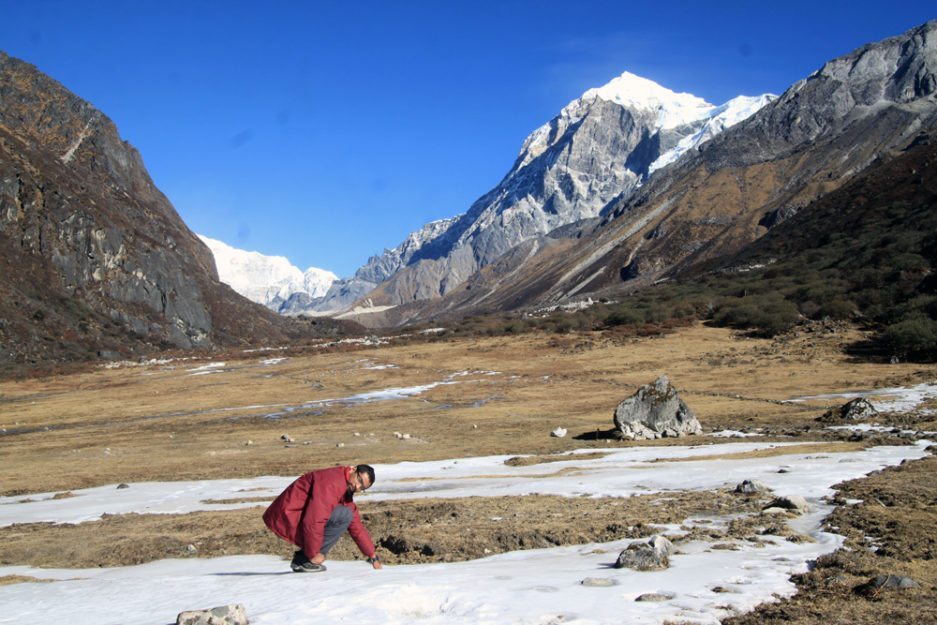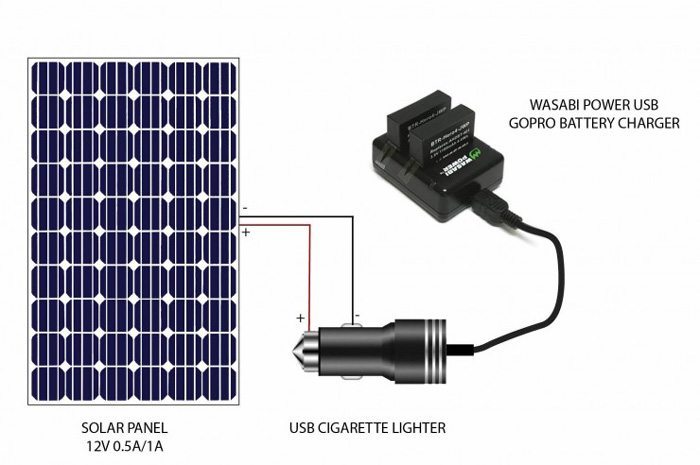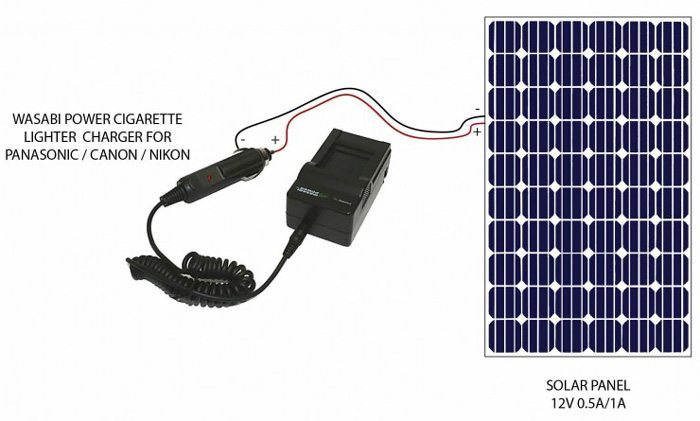Story Highlights
- George rigged up a portable and cheap solar charger to overcome the problem of charging camera batteries at a high altitude
- Solar panels are not too heavy and do not need much sunlight to charge. It is an efficient and cheap way to shoot films
- He is using his film on Singali la to promote awareness about his eye condition, keratoconus
There’s a beautiful travelogue on a Himalayan trek on YouTube — Singali la in the Himalaya. It’s not breaking the internet yet, but has got about 6,500 views since September last year. It was also screened in the Pokhara International Mountain Film Festival in December 2016.
Its maker, George Thengummootil, has an interesting story to tell — of how his three loves, science, technology and nature, came together to help him overcome a serious eye disorder, enable him shoot this video and heal his soul.
George shot the entire film himself over 14 days using a GoPro Hero4 camera powered by solar-charged batteries. He even rigged up a portable and cheap solar charger to overcome the problem of charging camera batteries at a high altitude.
No mean feat for someone suffers from keratoconus, a progressive thinning of the cornea resulting in blurred vision, nearsightedness, astigmatism, and light sensitivity affecting one out of 500 people.
Healing through nature
George found solace in nature when he was trying to come to terms with his eye condition. “I realised that the best medicine for my eyes would be to show them the most beautiful places on the earth,” he says in his film.
He first undertook the Singalila trek in 2010. The tough, fascinating trek, which originates in Sikkim and winds through Singalila Ridge before ending in Nepal, takes in astounding views of Mount Everest and the Kanchenjunga. He loved the trek so much that he went back in 2012 to do a recce for a shoot — he wanted to spread awareness about keratoconus through a film on Singalila.

George realised that apart from his eyesight problem, the other big challenge he would face was charging camera batteries at a high altitude
George realised that apart from his eyesight problem, the other big challenge he would face was charging camera batteries at a high altitude. He first designed a circuit to charge the batteries, but figured it wouldn’t be easy for other people to understand and replicate it unless they had knowledge of electronics.
He then hit upon the idea of using solar panels, which work well even in the low light and temperatures of high altitudes, to charge the batteries. “This time, I designed a simpler circuit using solar panels to charge the batteries and it worked. These panels are not too heavy and do not need much sunlight to charge. It is an efficient and cheap way to shoot films,” he explains.
Pushing his limits
Finally, in 2015, he went back and recorded the 250km trek. Apart from him, the team comprised two trekkers from Canada who assisted him with technical tasks, a local guide named Beky and some sherpas (porters) to carry equipment, food and luggage.
To avoid straining his eyes, George would shoot for only about half an hour every day, either when they would take breaks to camp or when they would pass picturesque places on their trail. “I can see with only one eye and it’s like having 2D, rather than 3D, vision. Sometimes, I would not be able to see the ground. I would feel my eyes painfully bulging out at higher altitudes. But there are ways to adjust our mind and body to do what we want to do, if we really want to do it,” he says.
The solar advantage
The portability of the solar panels was a big advantage during the expedition. “The only other option was to carry generators. But, these are too heavy for even porters to carry. Solar panels are about the same size as a battery pack and can be easily carried uphill,” he says.
What’s more, all the gear required for the charger can be bought for a paltry Rs 1,000 from any local electronics market (he bought his from SP Road in Bengaluru’s KR Market). “Each 12-Volt solar panel (I bought two) cost about Rs 500 and an adapter can be bought at Rs 100,” he says.


The portability of the solar panels was a big advantage during the expedition. What’s more, all the gear required for the charger can be bought for a paltry Rs 1,000 from any local electronics market
George is happy to share his solar panel charger design with anyone who wants to shoot at high altitudes. He talks more about how he designed the charger on his blog.
He plans to use this film to spread awareness about keratoconus. He also founded the Keratoconus Foundation India two years ago to this end. “There are many people who don’t get the correct treatment because the equipment to keratoconus is expensive and not easily available,” says George.
“Life is not measured by the number of breaths we take but, by the number of moments that take our breath away,” is the motto George lives by.
For now, his 18-minute film and the filmmaker himself has taken our breath away.
Subscribe to FactorDaily
Our daily brief keeps thousands of readers ahead of the curve. More signals, less noise.
To get more stories like this on email, click here and subscribe to our daily brief.
Photos by Alexa Hone-Blanchet and Lucas Tan








